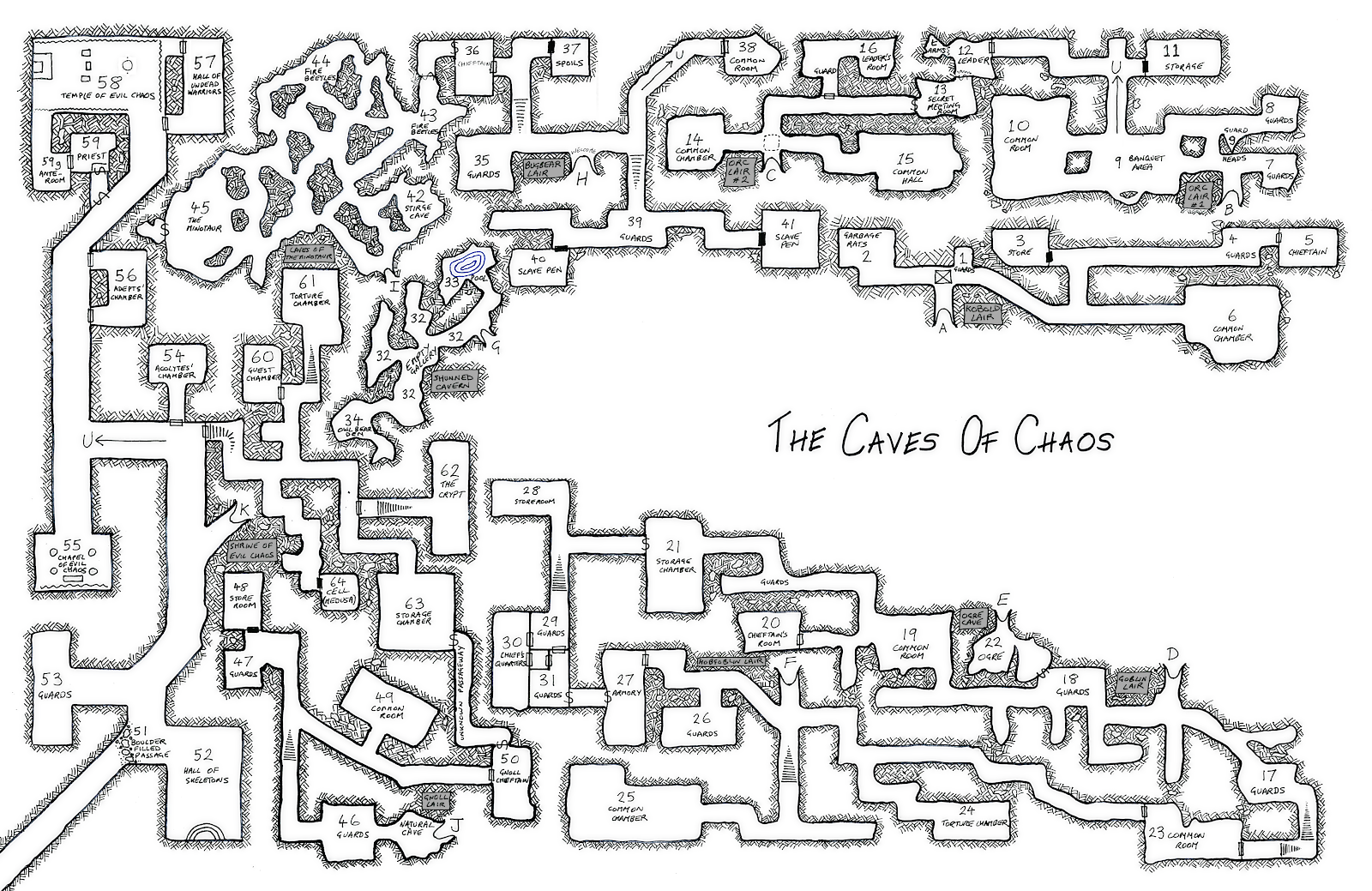
This behavior is known as deterministic chaos, or simply chaos.

In other words, the deterministic nature of these systems does not make them predictable. This can happen even though these systems are deterministic, meaning that their future behavior follows a unique evolution and is fully determined by their initial conditions, with no random elements involved. Small differences in initial conditions, such as those due to errors in measurements or due to rounding errors in numerical computation, can yield widely diverging outcomes for such dynamical systems, rendering long-term prediction of their behavior impossible in general. A metaphor for this behavior is that a butterfly flapping its wings in Brazil can cause a tornado in Texas.

The butterfly effect, an underlying principle of chaos, describes how a small change in one state of a deterministic nonlinear system can result in large differences in a later state (meaning that there is sensitive dependence on initial conditions). Chaos theory states that within the apparent randomness of chaotic complex systems, there are underlying patterns, interconnectedness, constant feedback loops, repetition, self-similarity, fractals, and self-organization. The double-rod pendulum is one of the simplest dynamical systems with chaotic solutions.Ĭhaos theory is an interdisciplinary scientific theory and branch of mathematics focused on underlying patterns and deterministic laws highly sensitive to initial conditions in dynamical systems that were thought to have completely random states of disorder and irregularities.

Starting the pendulum from a slightly different initial condition would result in a vastly different trajectory. An animation of a double-rod pendulum at an intermediate energy showing chaotic behavior.


 0 kommentar(er)
0 kommentar(er)
